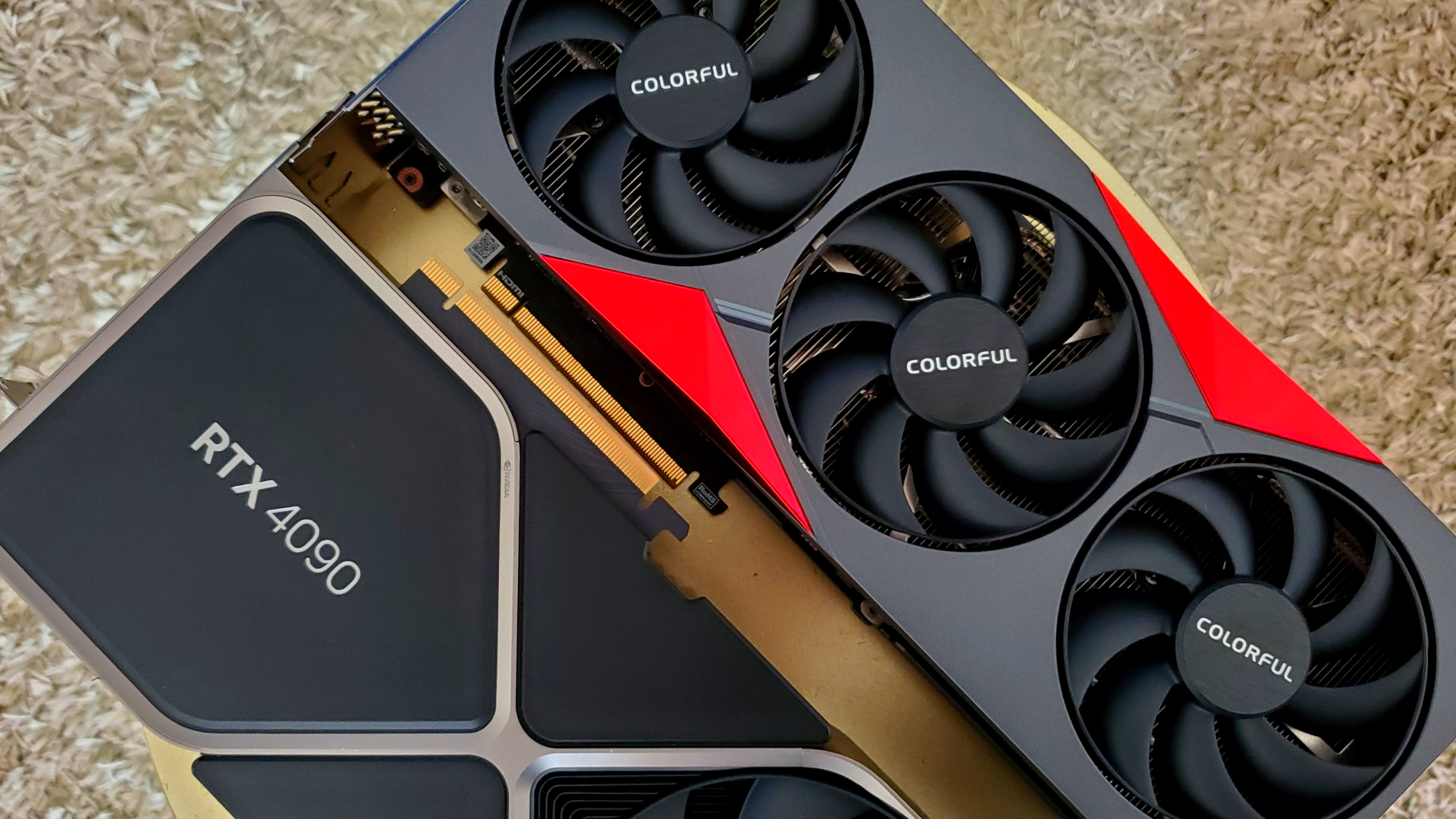
That’s in no small part because of its magnitude. It’s difficult not to giggle hysterically at the size of a standalone GPU that is roughly identical in overall volume to the Xbox Series S and more than double the size of a Nintendo Switch. Until now, Nvidia’s flagship “reference” GPUs (formerly known as “Titan”) have never been this enormous, and the situation becomes even more preposterous if you start looking at AIB choices from companies other than Nvidia. (We have only tried the 4090 FE so far.)
The jokes change after you’ve figured out where to safely mount the RTX 4090 and how to get power to it. The RTX 4090 will continually make you chuckle, and you won’t be able to help but laugh along with it.
In terms of GPU performance, the RTX 4090 represents the biggest holy-cow boost in recent memory. It may even be better in that regard than Nvidia’s Titan X from the 1000 series. Imagine the RTX 4090 acting like Grave Digger and mowing down any existing PC gaming workload, including “future-proofed” excessive settings, as if it were a monster truck at a car show.
You might expect better performance from a GPU costing $1,599 and higher, but keep in mind that Nvidia’s Titan-like RTX 3090 initially underwhelmed in terms of price-to-performance when compared to its cheaper sibling, the RTX 3080. Additionally, the Great GPU Shortage is the only reason the RTX 3090 was able to charge its exorbitant pricing. During the Dark Times, I advised many friends in need that if they were going to spend more than $1,000 on a new GPU, they should look at purchasing a 3090 at its list price.
If the 4090’s insane price tag has you thinking about buying it, know that you get what you paid for (AIB markups notwithstanding). The RTX 4090 is competitively priced for how impressive it is, at least until AMD’s rivals catch up. But this review is also for those who are interested in what the “Ada Lovelace” generation of Nvidia GPUs might eventually deliver at lower price tiers, especially a daring new flavour of Nvidia’s “DLSS” system, and who are curious as to whether or not the 4090’s astounding successes will trickle down to the rest of us. For those clients, the seriousness of the expectation of improved performance and reasonable pricing is not to be taken lightly.
My 3080 Ti, the most powerful GPU I own, had previously capped the GPU benchmarking package I normally use. Since its high-end gaming performance is usually within 95-98 percent of RTX 3090 test results, I relied on it heavily for this review. (This proximity is primarily due to the fact that recent games have gradually increased their VRAM requirements, but seldom reach the 12GB GDDR6X capacity of the RTX 3080 Ti, let alone the 24GB GDDR6X VRAM of the RTX 3090.)
As a point in AMD’s favour, the RX 6900XT, which is also not in my possession, can either fall behind the RTX 3090 by 10 percent or outperform it by 10 percent in 4K test results, and it pulls ahead even more frequently in 1440p tests. Plus, taking into account this year’s RTX 3090 Ti, which provides around 10-15% more performance than the base 3090, opens up even more performance space.
It was at first discouraging to see such a large performance gap between the RTX 3080 Ti and the rest of the test subjects. Once I ran my standard set of in-game benchmarks on both GPUs, I was stunned to discover such a massive performance gap.

